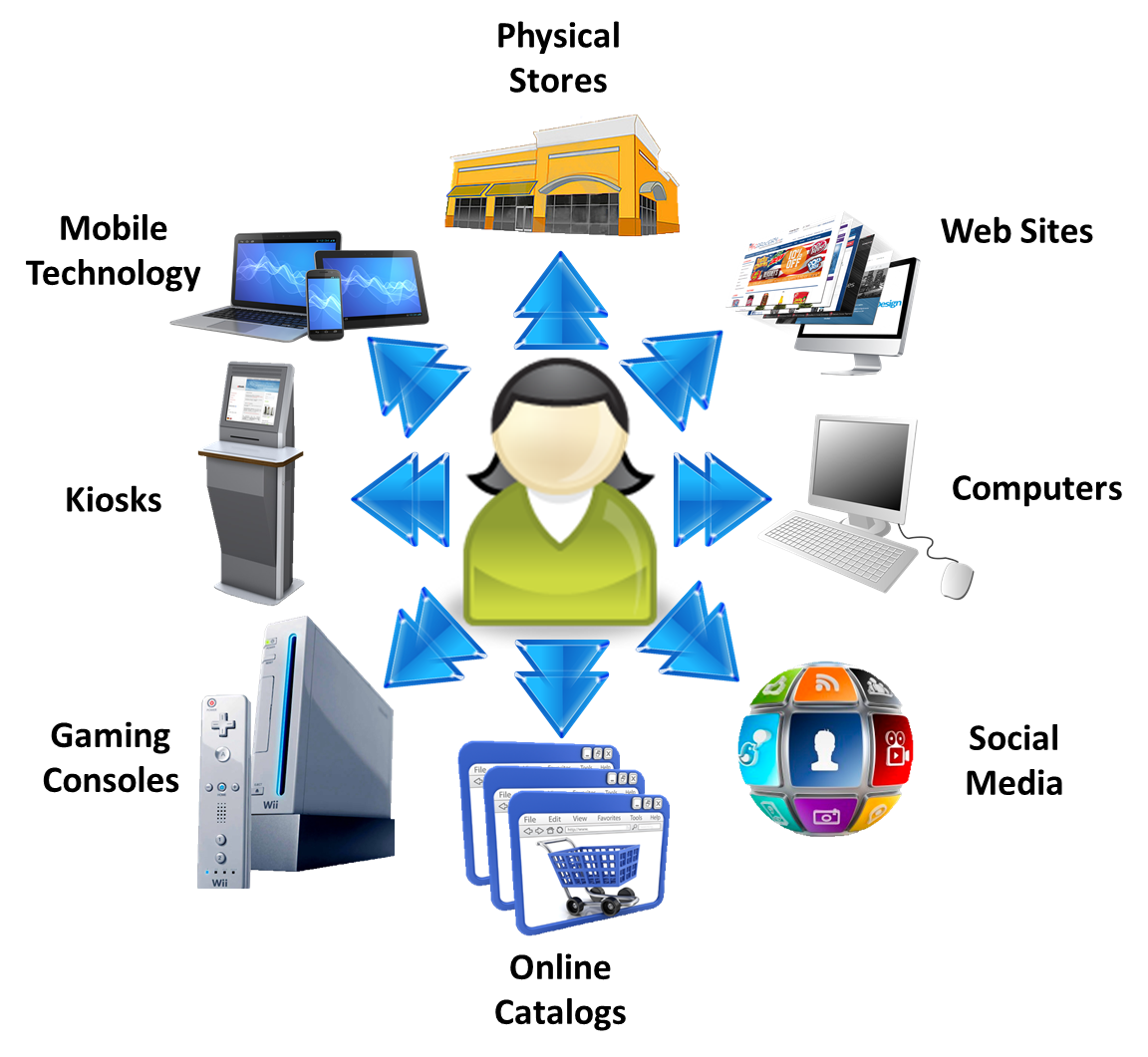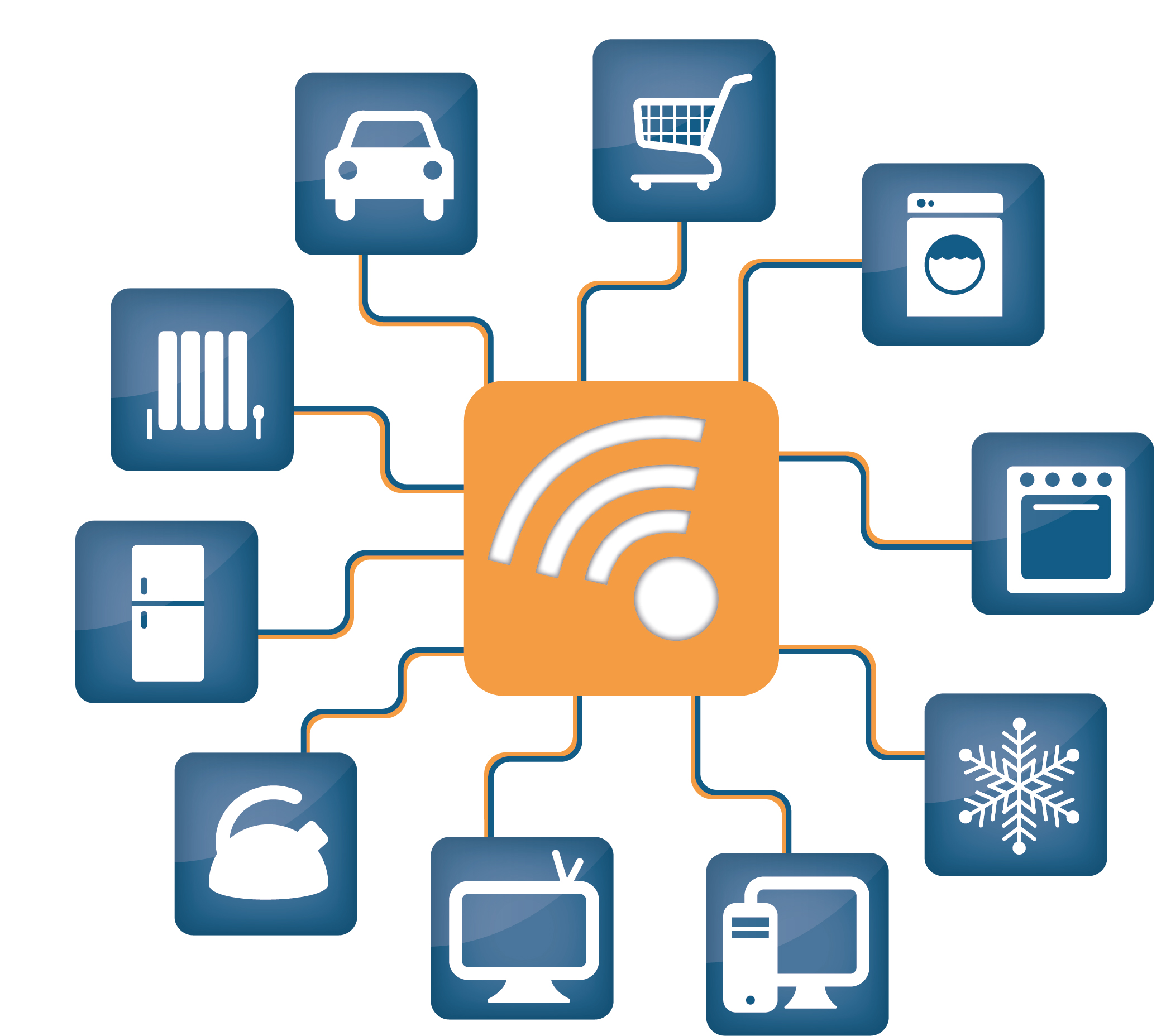In his
blog, Rami Ahola argues that Electronics is becoming a software business. Obviously electronics companies still deliver physical devices, but more often

the software installed on the device is the differentiator. And, what does that software do? Provide a user interface, access and deliver data the device uses/captures to other devices or systems, and controls the actions of the device. Guess what is being used to drive these functions – APIs.

So, let’s explore how APIs are used in the Electronics industry. Once again I’ll use the structure I previously introduced (
here).
Looking at the Electronics industry there are three fundamental parts:
- Product development (mostly internal)
- Supply Chain/Distribution (partners)
- Marketing, Sales and Service (consumer facing)
Mobile (Internal) App Development – All three parts of the business may be supported by internal App development which use APIs to create user interfaces on mobile or tablets focused on the needs of the target audience(s). Common capabilities provided by Electronics companies include:
- Basic APIs – for consumers describing products and detailed descriptions, find a store that sells the product; for partners with details they need (shipping weights, dimensions, locations); or internal audiences to access requirements systems, ERP, and CRM systems and also allow all internal audiences an integrated/consistent view of plans for sales and marketing.
- Custom APIs: for consumers to check on their order status or service request, partners to schedule a pick up or delivery, or internal to employees to handle alerts
 raised during the production process. Also APIs can be used to secure intellectual property to ensure only authorized personnel can access proprietary information.
raised during the production process. Also APIs can be used to secure intellectual property to ensure only authorized personnel can access proprietary information.
- Mobile advantages include QR code or bar code readers to obtain role appropriate information or status on a product.
What APIs are available today in Electronics? Here are just a few samples of existing public APIs:
- Apple Camera API - With Apple's Camera API, third-party camera apps can have control over exposure, focus, and white balance. This is in addition to the controls they have created.
- Quant Electronic - sells a wide selection of used laptops, printers, servers, and other electronic equipment, often at near-mint quality. QUANT Electronic also offers brand-new merchandise acquired from instances of bankruptcy or expired leasing. The QUANT Electronic API allows users to search for items on the website, view their attributes, comparison shop, etc.
- Myfox - allows developers to integrate their apps and devices with Myfox's home surveillance and security products.
- Pinoccio - sells battery-powered microcontrollers that allow users to create devices that can communicate wirelessly with the internet. The Pinoccio API allows users to manage and retrieve information from their devices.
- CubeSensors - are small devices that contain seven different sensors for detecting environmental conditions. They are capable of monitoring air quality, temperature, humidity, noise, light, barometric pressure, and sensor motion. CubeSensors glow different colors to reflect the health of indoor environments
Besides creating Mobile Apps for their customers, there are many other areas where APIs can provide value for Electronics companies.
 Partnering
Partnering – Electronics companies provide and consume APIs from/to partners to help manage the supply chain, accessing information from suppliers on their shipments and anticipated delivery information. APIs also help access sales information from Retail partners to determine inventory replenishment needs. On boarding new partners as either suppliers or sellers is simplified through APIs.
Electronics manufacturers can provide an API platform for other companies to use your services to build their own offerings on top of your capabilities.
Public APIs – Public APIs are primarily be focused on the sales and marketing of the Electronics products. So, product lists and details, FAQs,

usage documents, videos, are typical public APIs. Another example is identification of retailers that sell the product based on geography.
 Social
Social – APIs can assist in understanding customer opinions about your brand through social engagement. They enable delivery of targeted marketing to people searching for your products (or your competitors). Social APIs help you engage the customer through multiple channels including social, mobile, and digital.
Devices – The electronics products developed can use APIs to report data to the manufacturer (i.e. Internet of Things).

This could be used for several purposes:
- Defect or service related information to proactively address service issues
- Feature usage information to determine customer usage patterns for the product indicating possible improvements or upsell opportunities.
- Performance reporting to assist in future product improvements
- Control the behavior of the device
Note: be careful how APIs that control behavior are implemented. It might be tempting to provide a direct API on the device that can be accessed locally (e.g. blue tooth from a mobile phone). However this method does not allow for security and control as to who is using that API. An extreme example might be APIs to unlock and start a car. If bad people accessed these APIs, they could walk up to a car, unlock it, start it, and drive away. Bad things might also happen for other devices – e.g. cameras, sensors, etc. So, be sure that you consider security and authorization in your API strategy.
 Data
Data – APIs help leverage customer analytics to deliver more targeted marketing across all channels by the marketing team.
They can also help access analytics views of supply and demand to manage the supply chain efficiently. This allows automated integration with suppliers, shippers, and retailers to understand status and take action proactively when opportunities arise.
APIs can also provide views on customers using the products to third parties (for a fee).

Electronics companies are investing in software to improve their products and business success. A software based approach allows for quicker time to market and the ability to address new customer needs more rapidly than hardware development. APIs are key to supporting this initiative. Remember that to achieve this success you should always put controls around the APIs so that you know who uses the APIs and how much and can map this to the results. With this visibility, you can use the analytics to determine which techniques are working and which are not.
Connect with me through comments here or via twitter
@Arglick to continue the discussion. You can also
read my earlier blogs.
#analytics#APIeconomy#APIEconomy#APImanagement#APIsecurity#APIstrategy#api_strategy#apimgt#apis#auto#BusinessStrategy#Electronics#experienceAPIs#ibmapimgt#InternetofThings#IoT#Mobile#MobileApps#social#think_apis